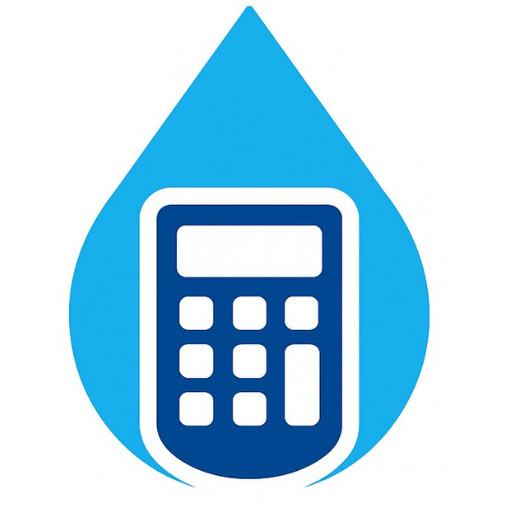In the realm of academic writing, the structure and coherence of an argumentative essay can often determine its success. The allure of an unlimited revision offer may seem appealing, but it introduces a set of challenges that writers must dissect and address. This article aims to explore these complexities, highlighting the importance of maintaining a clear writing structure throughout the revision process.
Unlimited revisions can create an environment where the writer feels compelled to continually refine their work. While striving for perfection, one can easily lose sight of the original argument and intentions. Balancing the desire for improvement with the necessity of retaining the essay’s core message becomes a delicate task. Thus, an academic tone must be preserved even as modifications are made.
As we explore the potential pitfalls associated with unlimited revisions, it is vital to understand how they can disrupt the flow and rigor of an argumentative essay. By addressing these concerns, writers can better navigate the intricacies of revision while ensuring their arguments remain compelling and well-structured.
Setting Clear Expectations for Unlimited Revisions
Establishing clear expectations is paramount when offering unlimited revisions to clients. Both parties must have a mutual understanding of the scope and limitations of the revisions to avoid misunderstandings. This clarity can significantly improve the revision process and ensure satisfaction.
Define Revision Parameters: Clearly outline what constitutes a revision. Are minor tweaks acceptable, or should revisions focus on more substantial changes? Providing a guideline will help clients understand what to expect from each revision request.
Implement a Timeline: Setting a timeline for revisions is beneficial. Specify how long clients have to request revisions after receiving their initial draft. This timeframe will help manage client expectations and encourage timely feedback, which is critical for maintaining workflow.
Communicate Boundaries: Make it clear that while revisions are unlimited, there are boundaries. For example, substantial overhauls or entirely new projects may fall outside of the unlimited revision offer. Communicating this helps prevent potential frustration for both parties.
Provide Study Tips: Offering study tips for effective feedback can enhance the revision process. Encourage clients to highlight specific areas of concern or improvements rather than vague requests. This practice can lead to more focused revisions and a clearer final product.
Utilize MLA Format: For projects requiring citations or academic standards, emphasize the importance of adhering to the MLA format during revisions. This ensures consistency and professionalism in the final submission.
By setting clear expectations, both clients and service providers can navigate the complexities of unlimited revisions with ease, leading to a more efficient and satisfying experience.
Establishing Boundaries to Prevent Scope Creep
In an unlimited revision offer, scope creep can disrupt project timelines and client relationships. Setting firm boundaries is key to maintaining control over the project while satisfying client needs. Here are strategies to establish effective boundaries:
- Define the Scope Clearly:
Develop a detailed project brief that outlines deliverables, timelines, and revision limits. This document serves as a reference point throughout the project lifecycle.
- Utilize Research Methodology:
Conduct research to support your boundaries. Utilize literature review findings related to project management to reinforce the importance of clear limits.
- Communicate Regularly:
Maintain open channels of communication with clients. Regular updates can reduce misunderstandings about revisions and scope.
- Set Revision Limits:
Clearly outline the number of revisions included in the offer. This serves as a concrete boundary that helps manage client expectations.
- Educate Clients:
Offer study tips to clients on how to provide constructive feedback. This can help keep revisions focused and within scope.
- Document Changes:
Keep a record of all revisions and client requests. Documenting these changes helps identify potential scope creep early on.
- Review and Reflect:
After project completion, analyze any instances of scope creep. Identifying patterns can inform future strategies and boundary-setting techniques.
Implementing these strategies not only protects you from scope creep but also enhances the client experience by fostering a clear understanding of what to expect from the project.
Implementing a Feedback Loop for Continuous Improvement
Establishing a feedback loop is a critical aspect of enhancing the quality of custom writing services, especially when unlimited revisions are offered. This process not only aids in assessing the effectiveness of the final product but also facilitates the identification of areas needing refinement. Regular feedback encourages open communication between clients and writers, fostering trust and promoting a constructive atmosphere.
To implement a successful feedback loop, clear writing structures should be established. This includes identifying specific elements that clients can review, such as adherence to MLA format, clarity of arguments, and completeness of literature reviews. Utilizing structured feedback forms can streamline the process, allowing clients to provide targeted insights without overwhelming them.
In addition, integrating plagiarism checks ensures the integrity of the custom writing provided. Clients can feel confident that the work they receive is original and meets high academic standards. Incorporating client feedback on research methodology also plays a significant role in refining the quality of coursework assistance.
Lastly, periodically reviewing feedback trends can reveal common areas for improvement, helping to elevate the overall service provided. By treating feedback as an opportunity, instead of a hurdle, organizations can continually enhance their offerings and ensure clients receive the best possible experience. For further reading on effective feedback mechanisms, visit https://academicinside.co.uk/.



